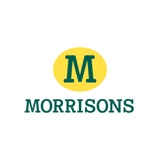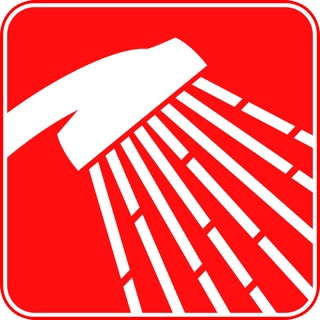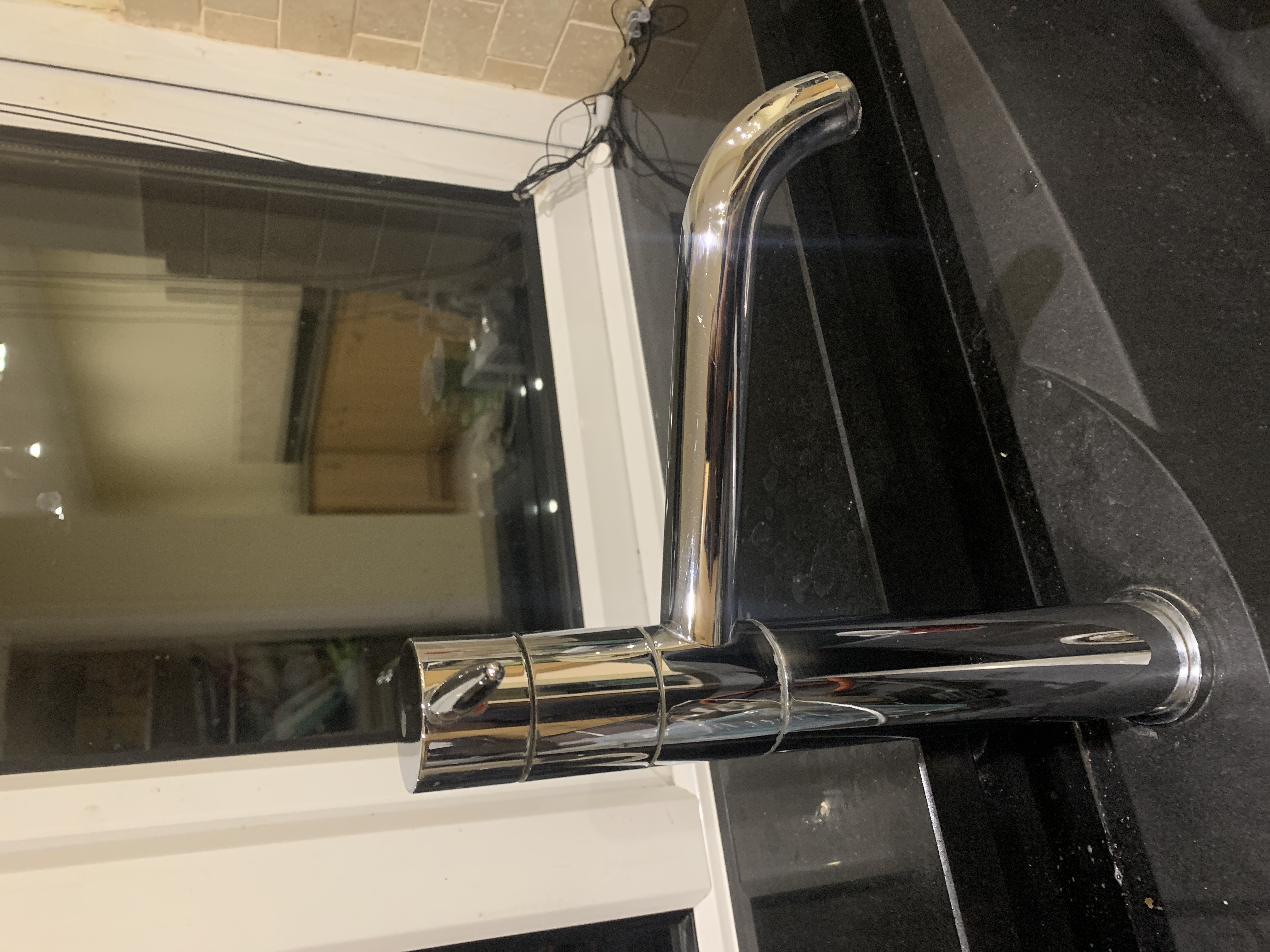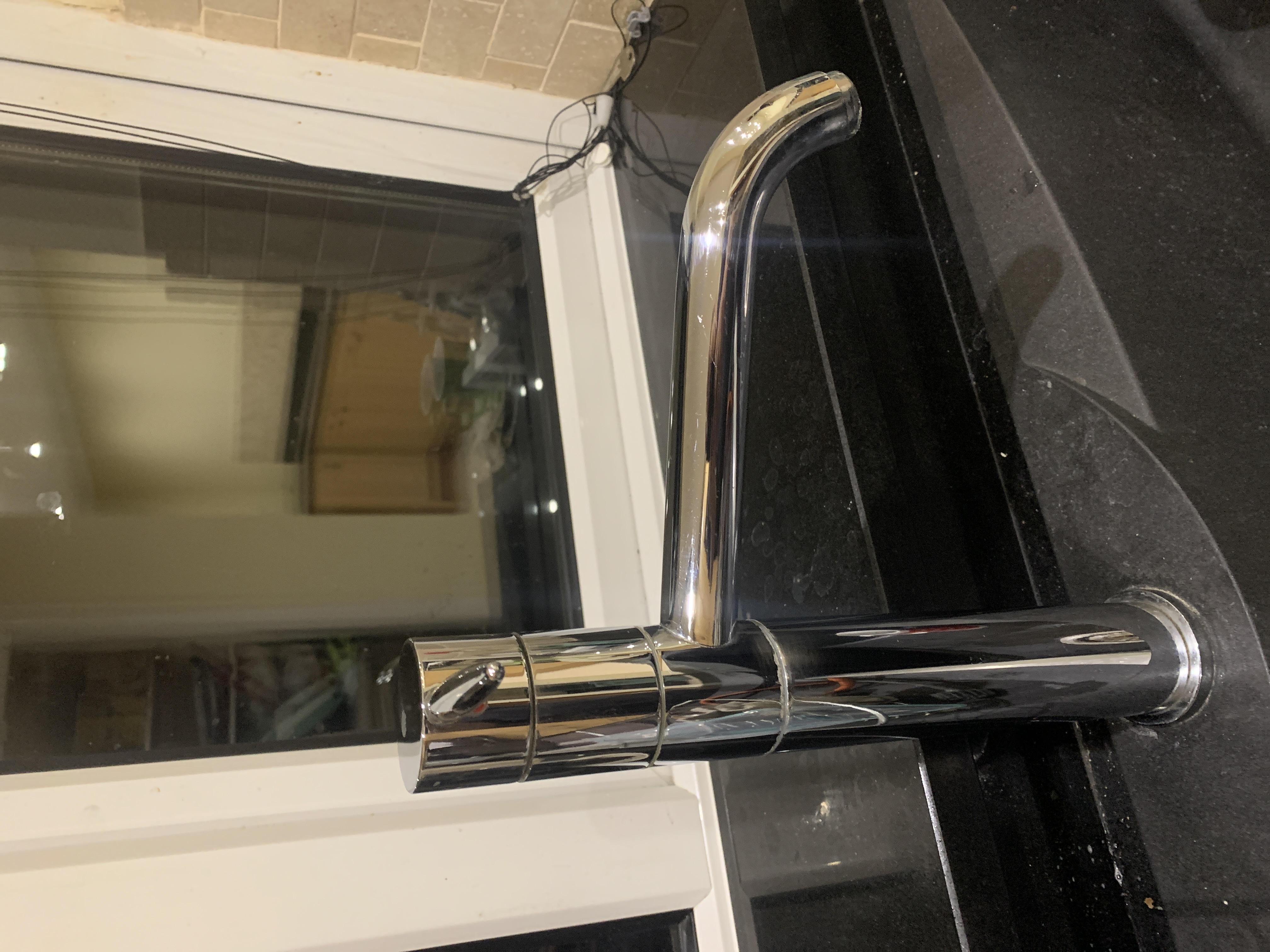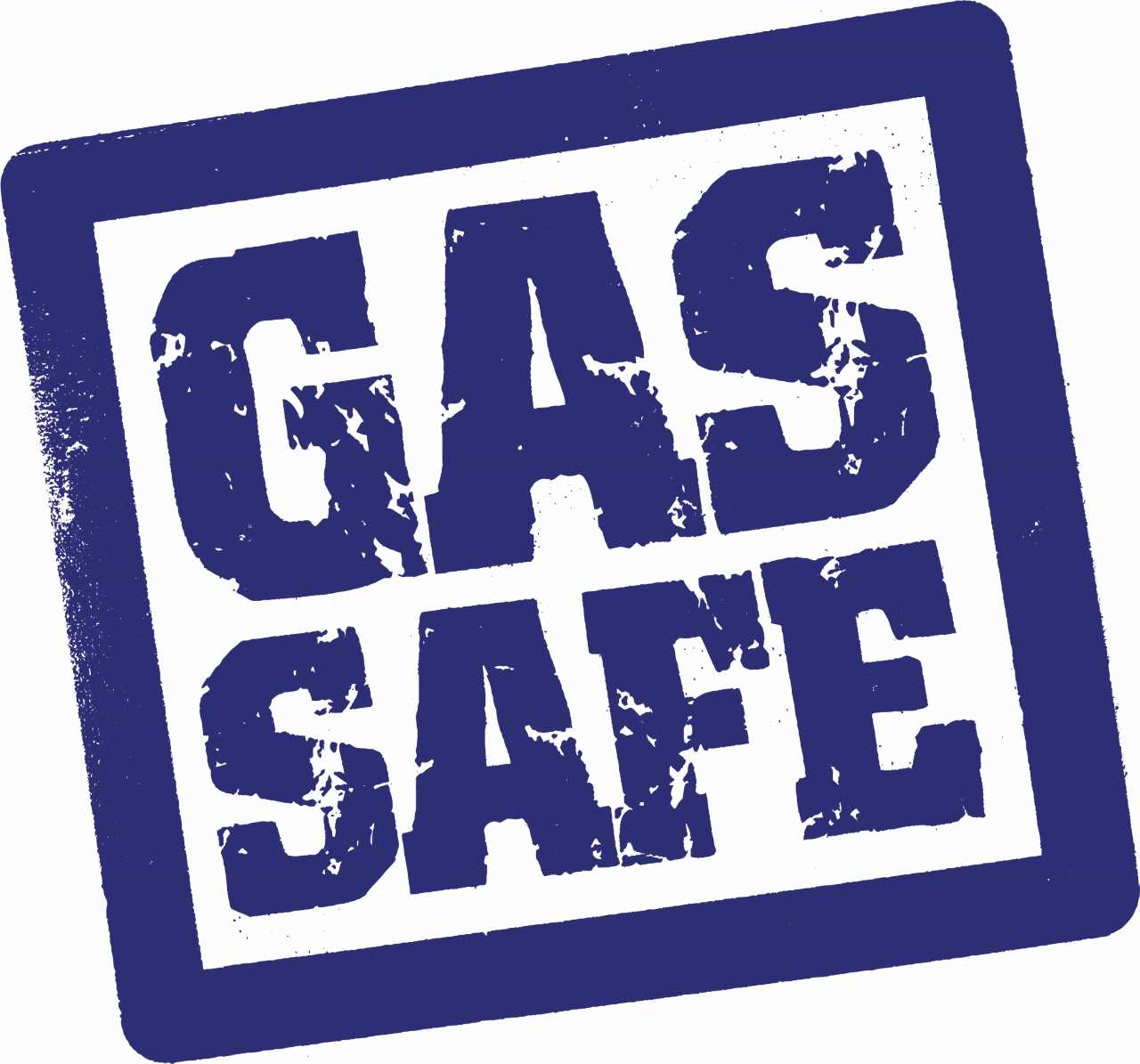Title Page
-
The practical risk assessment should include a site survey of the water system.The assessor should complete all the sections required. The assessor should understand the water systems and any associated equipment in the property, in order to conclude whether the system is likely to create a risk from exposure to Legionella.
It is important to identify whether:
• water is stored or re-circulated as part of the system (particular areas of risk include water tanks, dead legs, shower heads and/or long runs of pipe work containing warm water).
• the water temperature in some or all parts of the system is between 20 – 45°C (hot water should be stored in any tanks at 60°C) there are sources of nutrients such as rust, sludge, scale and organic matters.
• conditions are present to encourage bacteria to multiply.
• it is possible for water droplets to be produced and, if so, whether they could be dispersed, e.g. showers.
• there are parts of the system that are used infrequently e.g. guest bathrooms.
• it is likely that any of the tenants, residents, visitors etc are more susceptible to infection due to age, health or lifestyle and whether they could be exposed to any contaminated water droplets. -
Site
-
Location
-
Conducted on
-
Completed by
Building Details
-
Dwelling Type
-
Usage Status
Assessment
Legionella Risk Assessment
-
Is there any known tenant, resident or regular visitor particularly susceptible to legionella due to age, health or lifestyle?
-
Is the cold water system from a wholesome supply?
-
Take a photo of the cold water system
-
Provide a short description
-
Hot water system type
- Combination Boiler / Instantaneous Water Heater
- Gravity Fed - Open Vent
- Pressurised Sealed System
-
Take a photo of the hot water system
-
Provide a short description
Cold Water System
-
If any debris etc. is present in the system it should be drained and thoroughly cleaned. If debris is from corrosion on the tank itself then the tank may need to be replaced. All cold water tanks should have tight fitting lids to prevent debris entering the system. The water in the tank should be below 20°C and the tank should be insulated to prevent the temperature rising above this level.
Identify any defect/risk and related recommendations associated with cold water storage. If any action is required identify responsible person. -
Is the cold water temperature at water outlets below 20° Celsius?
-
Temperature in Celsius:
-
Is a cold water storage tank present?
-
Cold water storage tank photo
-
Is the cold water tank accessible?
-
Is the temperature of the water in the tank below 20 ° celsius?
-
Is the water in the tank clean and free from rust, debris, scale, and organic matter?
-
Does it have a tight-fitting lid?
-
Is the cold water tank insulated?
-
Outside tap fitted?
-
Non-Return Valve Fitted?
Hot Water System
-
NOTE: If the temperature is set at above 60°C this can cause scalding to users. The temperature setting on the boiler and/or hot water tank should be set and maintained at 60°C.
Identify any defect/risk and related recommendations associated with hot water. If any action is required identify responsible person -
Is the hot water temperature at water outlets above 50° Celsius?
-
Temperature in Celsius:
-
Are the hot water distribution pipes insulated?
-
Is there a drain valve fitted to the hot water system?
Little Used Outlets
-
Are there any water outlets are used less than once per week?
-
Are there arrangements in place to flush them through on at least a weekly basis?
Shower heads
-
All shower heads should be cleaned, disinfected and descaled at least once every 6 months.
-
Are there any showers in the property?
-
Shower Type
-
Take photo of shower location
Dead Legs and Redundant Pipework
-
Sections of pipework which are redundant or owing to the system design and have little/no through the flow of water (knows as 'dead legs") can allow water to stagnate in the system.
-
Are there any visible dead legs on the property?
-
Take photo location
Completion
-
Risk Rating of Premises
-
Recommended Review Period
-
Signature of Person Completing Form







